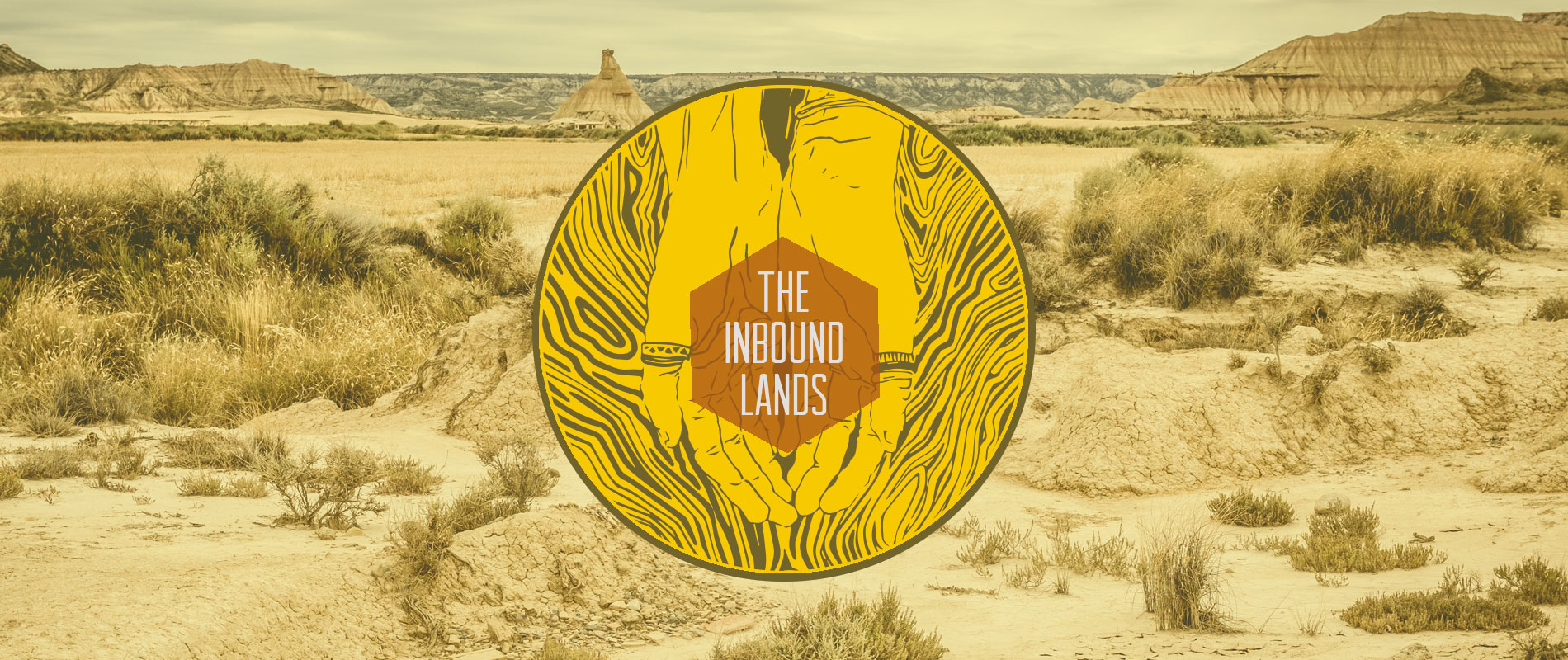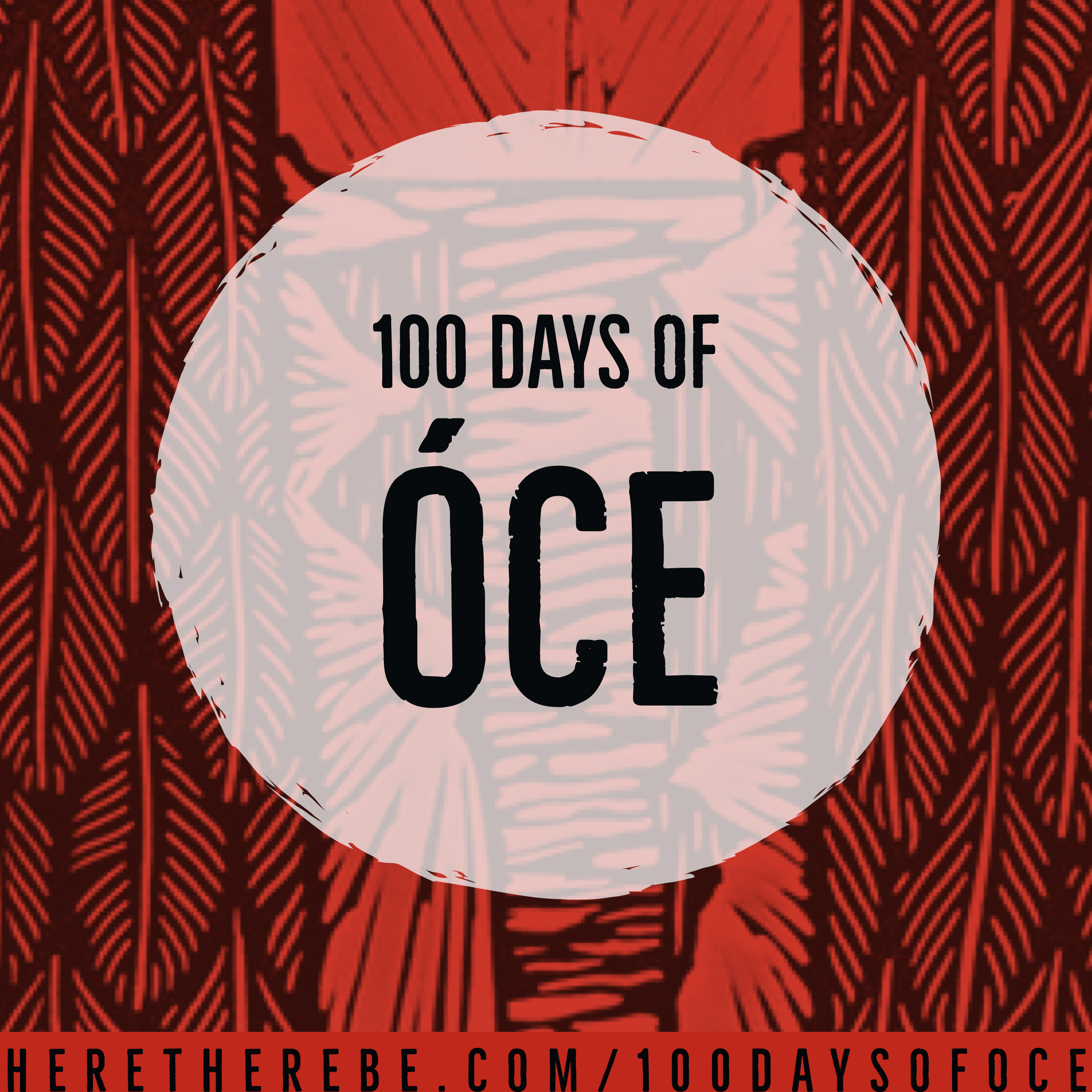Powell Station
Gateway to the Unknown
Powell Station exists as the primary Ranger Station for Ochi Ohkanska, and as the foremost mail and supply drop for the Eastern Flat.
Design
The main waiting room of Powell Station is roughly 10'x20', with three walls on the North, West, and South sides. Behind the counter are the staff areas of the mailroom and printroom, within roughly a 20'x20' footprint.
Extended storage is connected to the Ranger barracks, a short distance away.
Entries
The fourth wall of the waiting area is open towards the platform, allowing for the circulation of air and the release of heat, while still providing shade.
The original design of the exterior platform included a covered shelter, but it has long since fallen and been removed. With the decrease in guests, proposals to rebuild the awn have been declined.
A smaller exit to the rear of the building allows for the entrance of staff and small material.
Alterations
Other than repair and upkeep, surprisingly little has been done to the location since the initial construction. Official sentiment is that additions would disrupt the original historic value of the location; sideways conversation whispers that the powers that guide Ochi Ohkanska rarely deem further investment into Powell Station worth funding.
Architecture
Powell Station is a large, ranger-style cabin structure, made from wood imported into the area. Over time, the wood has become sunbleached and toughened.
The exterior of Powell Station is noted for its broad, open-sided platform, nestled as one of the few stops northwards along the Railway. The underside of the platform is a habitat for Gekkotah, and has been deemed a sort of habitat preserve-turned-farm, with the Rangers stationed there culling the gecko population as needed.
The interior of Powell Station was never meant for an extended stay, designed primarily as a postal office for outgoing mail and passengers, and as a customs office for incoming immigrants on their way into the Scrublands. Concessions to comfort include plain, hardwood benches, while hooks line the two side walls: one for guests, the other designated for courier satchels once incoming mail has been sorted.
At the far side of the main room is a broad ticket counter and postal desk. Behind the ornamental windows lies the main mail sorting area, and a smaller, offset room that supports the small printing press where tickets, permits, customs documents, and the occasional commemorative memorabilia are printed. Despite its small size, the printroom at Powell Station boasts an impressive collection of historic type and cutblocks made by earlier masters of the trade, and is in continued use even hundreds of years after its opening.
A small walk away, smaller Ranger barracks host not only the station personnel, but the occasional courier returning to base.
History
Leading to the Construction of Powell Station
Prior to the founding of Powell Station, dominant trade routes extended to the west side of the Kkaxe River Canyon, through the Flat Quarter. Travel to the North was hampered by the collapsed canyon of The Sentinels and The Left: caravans had to detour west around to narrower, crossable areas, requiring extra provisions and stamina to make it through the cruel Dust Passage. Trade did extend northwards through the Canyon, assisted by Satta Kkaxe Flock guides, but the process was difficult and hampered by the difficult terrain and dangerous portage, and Birdfolk presence at The City of The Fingers – the only major resupply – was tolerated at best. The Rail line at the time extended only along the relative safety of the Southern coast, where it could be somewhat defended by coast caravels, but Rail shipments were constantly under attack and sabotage by hostile Beanfolk, who – despite their defeat at The Oxbows and their withdrawal to the Green – still prevented trade or exploratory expansion Northeast of The Horn. Despite these challenges, however, Birdfolk were intent to reconnect with the wisdom of Corvus, draw from the ancient empowerhouse facilities at the Caldera, and access the library of knowledge contained within. Without easier access to the North, these could never be sustainable goals. As construction on the Rail Line progressed, the added Birdfolk presence allowed the negotiation of a Grass border and the eventual Bean treaty. The decision to extend the Rail System northwards and establish Powell Station as a Rail stronghold allowed Birdfolk merchants to gain a foothold to the previously unreachable territory, and changed the face of the desert ever since.Opening the East
Though station management had the best intentions, the area of Powell Station remained a challenging location. Early efforts to entice immigrants and visitors to the newly opened area led to the creation of several artifacts, such as special train tickets, commemorative posters, and other fine goods. However, these designs often came under cultural critique, such as in the landmark case of early ticket scrip depicting a scene from The Fingers. Failing to incorporate the visage of the Foxen, the ticket's release in 250 ak caused controversy between the two recently allied communities: critics of the design felt that the exclusion exacerbated already tense relations between the two political nations and failed to accurately depict the destination in question, while defenders pointed out that the Desert itself had long been Birdfolk territory, that the City of The Fingers was a long-contested installation whose presence was tolerated by Birdfolk Council, and that Foxfolk were not taxed specifically for the purposes of railway maintenance. By 252 ak, unrest over tensions between the Foxen and Birdfolk led to a sit-in protest at Powell Station. Advocates for Foxen rights refused to move from the Railroad tracks, forcing train passage and supply lines to halt. They were met within days by members of Xu'gha Conventionalists, a pro-Birdfolk faction known for their strict adherence to Birdfolk custom and their view of Birdfolk as inherently superior to other folken. Violence broke out, resulting in several deaths as well as damages to Powell Station and the railway. Actions taken after the protests included revisions in ticket imagery, reprimands against identified Xu'gha, clarity of boundaries and landrights between Foxen residents and Birdfolk sacred sites, and concessions made to Foxen legal authority and jurisdiction for the pursuance of crimes against foxen rights.Contemporary Significance
As the Eastern Flat and Scrublands were settled, Powell Station fell out of regular use as a customs office, and into routine as a primary postal and supply drop. Though the station still receives the occasional visitor on their way into the area, these travelers are few and far between. As the primary postal station and as the Ranger Station Headquarters for Ochi Ohkanska, Powell Station is the landing point for postal couriers in the service of the Rangers, and continues to produce artifacts through an Artist-in-Residence program in its centuries-old printroom.Outbound Significance
Powell Station appears within Chapter One: Into the Desert. Artifacts referencing Powell Station include:- Ticket to Nowhere (Immigrant Edition), 2012
- Powell Station Commemorative, 2012
- Scrip: The Fingers, 2013
- The Exploration of the Colorado River and its Canyons, by J. W. Powell
- Down the Great Unknown: John Wesley Powell's 1869 Journey of Discovery and Tragedy through the Grand Canyon, by Edward Dolnick
- Field Research within the high deserts of the Great Basin Desert and the Mojave Desert, by M Kelley, 2006-2007
Alternative Names
Powell Station is more formally called J.W. Powell Station, named for the one-armed explorer who presented arguments for construction. It is also sometimes (less flatteringly) called "The Gateway to Nowhere."
Type
Post office
Owning Organization





Comments